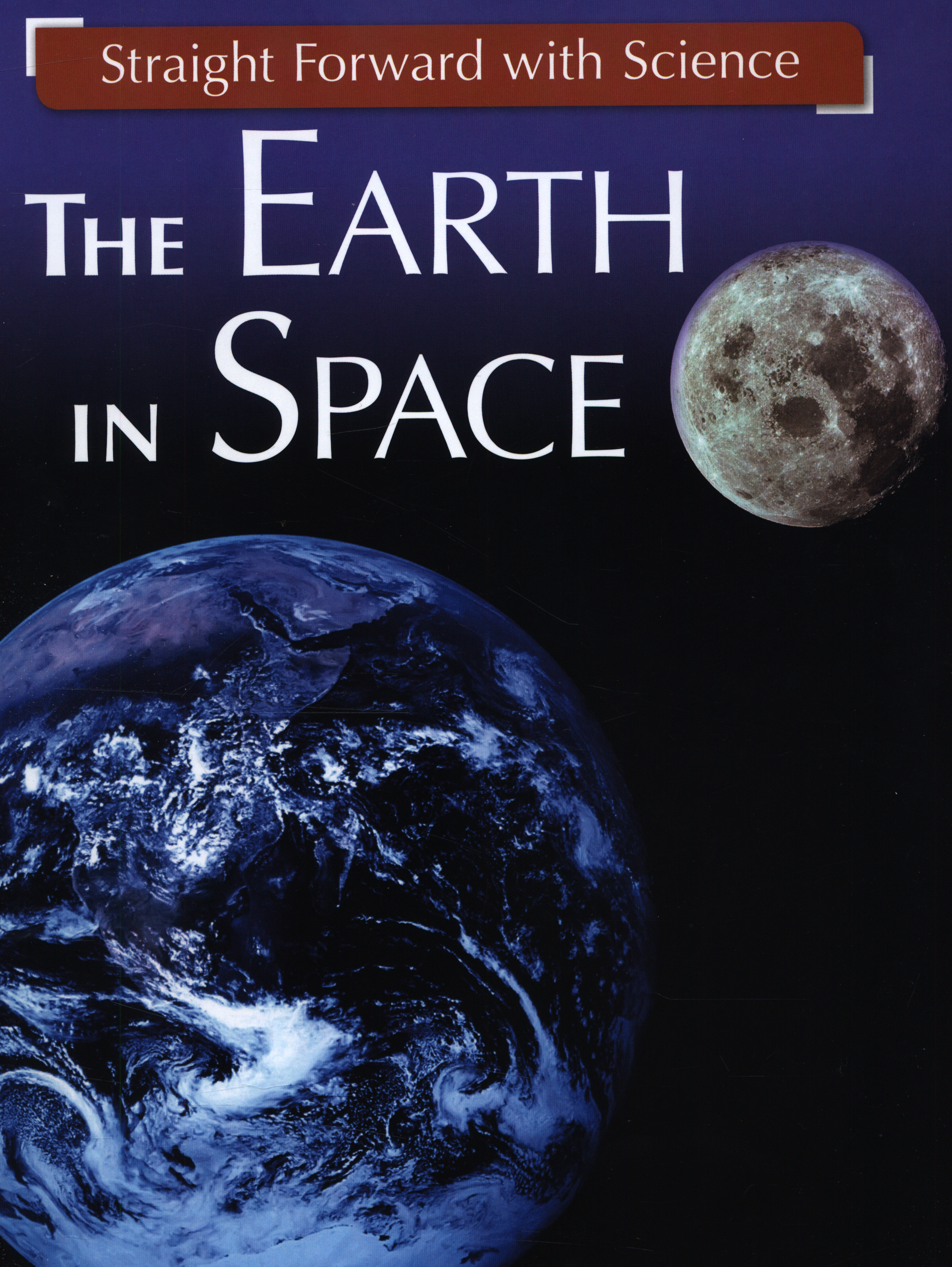Resources

Straight Forward with Science offers a straightforward, but fun, approach to key science learning. Each book explores basic scientific principles and shows them in action, while simple activities and experiments...
Earth in Space 1
From Teachers TV, this video illustrates how combined Years Five and Six class teacher Adrienne Bullen tackles the challenging and exciting topic of the Earth in Space. Adrienne is keen to make science fun and inspiring and uses a carousel of activities for the children. By recording how shadows change on the...
Earth in Space 11-14
From the Institute of Physics, this resource provides extensive teacher guidance and suggested classroom activities to support the teaching of:
* Gravity and space
* Orbits and satellites
* The solar system and beyond
* Sun, Moon and Earth Each topic is explored from the following...
Earth in Space 2
This video, from Teachers TV, shows a combined Years Five and Six class at Ponsbourne St Mary's Primary School, in Hertfordshire, continue their learning about the Earth in Space. Teacher Adrienne Bullen takes the children to the Science Learning Centre, at the University of Hertfordshire, where the children are...
Simple equipment that you can use to teach about the Earth, the Sun, the Moon and the planets to key stage 2 pupils.
Simple equipment that you can use to teach about the Earth, the Sun, the Moon and the planets to key stage 2 pupils.
Although published some time ago, this guide offers lots of practical information about how to teach aspects of the Earth in Space. Includes the position of the Sun, day and night, months and years, relative sizes and positions of planets, and other bodies in space.
Although published some time ago, this guide offers lots of practical information about how to teach aspects of the Earth in Space. Includes the position of the Sun, day and night, months and years, relative sizes and positions of planets, and other bodies in space.
The SPACE Research Reports present the results of a national enquiry into the ideas which children form about scientific concepts and processes. This ninth report explores children's understanding of day and night, seasonal variations and their causes, diurnal variations in the sun and moon phases.
This teacher's guide covers the Earth in space for Primary Science Key Stage 2. It is accompanied by two pupils' books, one for years 3-4 and one for years 5-6.
Other features include: an explanation of the SPACE (Science Processes and Concept Exploration) approach to science teaching and learning; an at-a-...
